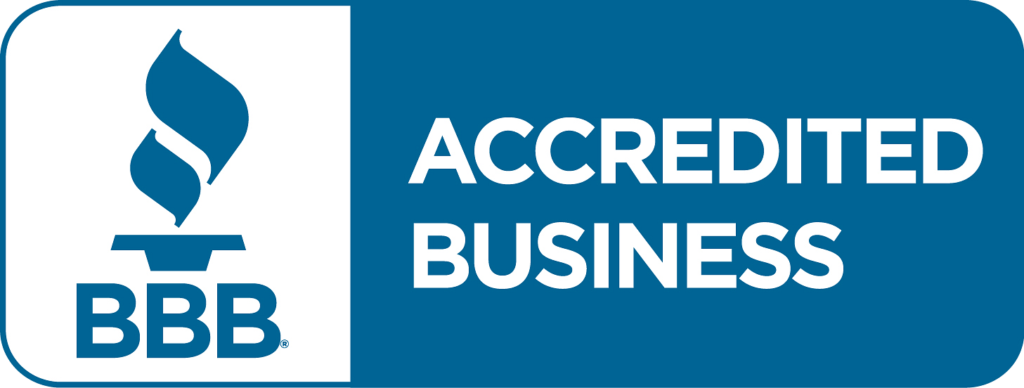Patent Prosecution
By Affordable Patent Agency, LLC
- Home
- Services
- Patent Prosecution
What is a Patent Prosecution?
Looking for Patent Prosecution Services in Dallas? Call Affordable Patent Agency, LLC
Everything You Need to Know About Patent Prosecution
What is Patent Prosecution?
What are the Types of Patent Rejections?
If your application doesn’t satisfy all patentability standards, the Examiner may raise the different kinds of objections and rejections listed below.
1. Patent prosecution, according to 35 U.S.C. § 112(a)
2. Patent prosecution, according to 35 U.S.C. § 112(b)
3. Patent prosecution, as detailed in the 35 U.S.C. § 101
Patents may only be awarded for “any new and useful process, machine, article of manufacture, composition of matter, or any new and useful improvement thereof,” according to U.S. Patent law. Courts have ruled that any innovation that claims to be a natural law (such as gravity), natural phenomena (such as bacterial strains), or an abstract idea (such as mathematical equations, software, algorithms, etc.) is not patentable under this law. This law rejects patent applications as ineligible for patentable subject matter.
4. Patent prosecution, as detailed in the 35 U.S.C. § 102
The innovation must not have been previously disclosed in a “single prior art reference,” according to a crucial legal criterion. Said another way, an invention is unpatentable if it is not novel. An examiner will reject an application if they discover that one prior art reference contains every aspect of the claimed invention, indicating that the prior art anticipates the application reference. Due to this, one must file a patent application after conducting a comprehensive analysis of the prior art.
5. Patent prosecution, as detailed in the 35 U.S.C. § 103
According to 35 U.S.C. § 103, patent rejection is when your invention is deemed obvious compared to one or more previously published art references. Put another way, the USPTO examiner considers your invention obvious to someone knowledgeable in the relevant art. To counter and get beyond this denial, you must convince the Examiner that your idea is not apparent based on different aspects of the law and case law.
What is the Patent Obviousness Rejection?
How does One Determine Patent Obviousness Rejection?
1. Prima facie obviousness
Overcoming Patent Obviousness Rejection
- By claiming that these references don’t teach or reveal what the Examiner thinks they did and that the Examiner is wrong in their view.
- The applicant may argue that they must revise their obviousness determination, even though the Examiner accurately interpreted previous art sources.
- The applicant may modify the claims to incorporate one or more elements not taught or revealed in the previous art references.
Patent Services
Frequently Asked Questions
1. What is a Patent Office Action?
A patent office action is a formal communication from the patent office (e.g., USPTO) to the patent applicant. It can include rejections, objections, or requests for clarification about the patent application.
2. How Long Does Patent Prosecution Take?
The duration of patent prosecution can vary widely, but it typically takes several months to years. Factors influencing the timeline include the invention’s complexity, the patent office’s backlog, and the applicant’s responsiveness.
3. What is Prior Art?
Prior art refers to all publicly available information, documents, or technology before the patent application’s filing date. It’s crucial in determining the novelty and non-obviousness of an invention.
4. Who is a Patent Examiner?
A patent examiner is a government official responsible for reviewing patent applications. They assess whether the invention meets patentability criteria, conduct searches for prior art, issue office actions, and grant patents.
5. What Occurs After the Granting of a Patent?
After the USPTO grants a patent, the owner has exclusive rights to make, use, and sell the patented invention for a specified period, typically 20 years from the filing date. They can also license or sell their patent rights to others.
Hire Affordable Patent Agency
Affordable Patent Agency, L.L.C. is a USPTO-registered firm. We properly prepare patent applications to overcome patent rejections, including obviousness rejections. If you do not draft your patent application correctly, it is likely to be rejected due to its obviousness. We provide full-cycle patent prosecution services for nonprovisional patent applications. If you want a patent, contact us for a free consultation.
Affordable Patent Agency, LLC
4131 N. Central Expressway, Suite 900, Dallas, TX 75204
(855) 444-1946
Our Services
Looking to Patent your Inventions & Innovations?
Choose Affordable Patent Agency for all your patent needs & applications.
Resources
Contact Details
- (855) 444-1946
- info.affordablepatent@gmail.com
- 4131 N. Central Expressway, Suite 900, Dallas, TX 75204
- 400 Washington Avenue, St. Louis, MO 63102
- Greenway/Upper Kirby, 24 Greenway Plaza, Suite 1800, Houston, Texas 77046
- 10201 S Padre Island Dr Suite 102, Corpus Christi, TX 78418
